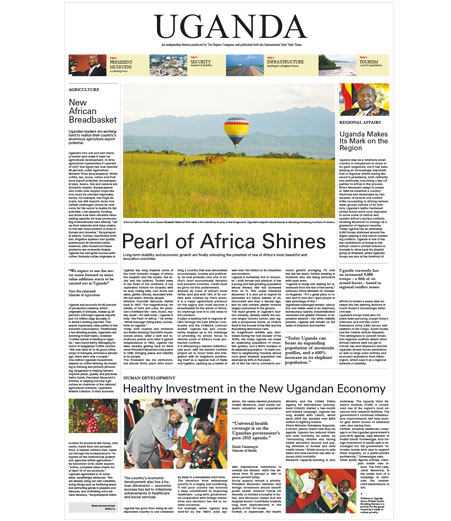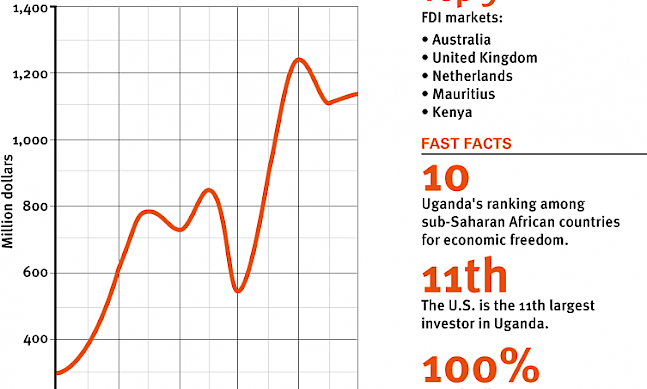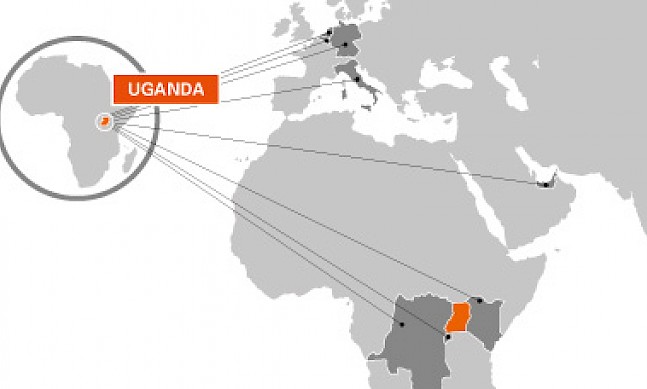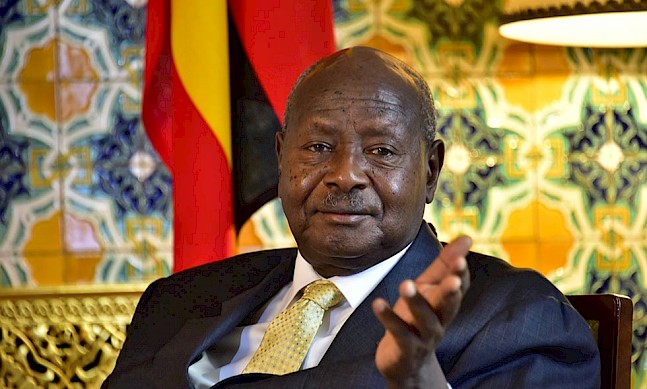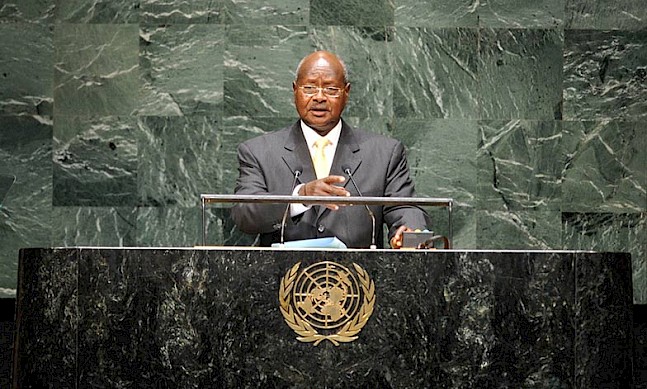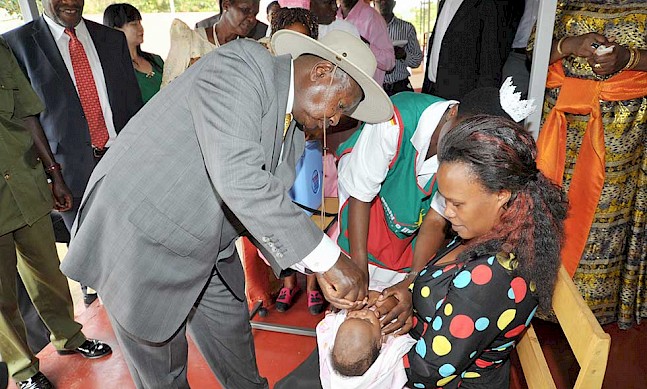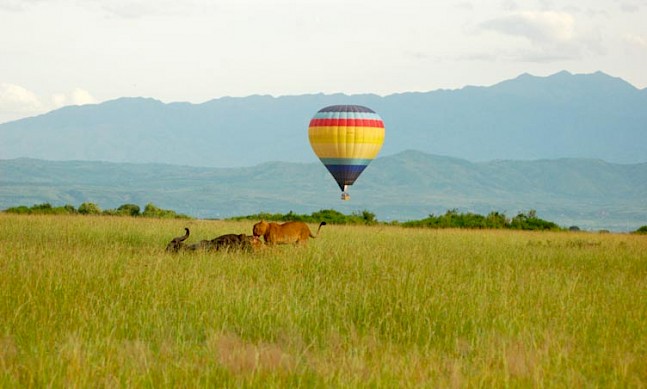The standard gauge railway project covers Kenya, Rwanda, Uganda and South Sudan, linking them in what is being dubbed an African rail revolution.
The Report Company: What does the standard gauge railway project entail?
Augustine O. Mugisa: The project covers the four countries of Kenya, Rwanda, Uganda and South Sudan. It is one project linking Mombasa to Kampala, to Kigali, and to Juba. We are working together, although when it comes to paying and signing contracts, each country is responsible; but overall, it is seen as one project. It has been running now for around six months. The deadline set by the four heads of state for the whole project to be completed is March 2018. The first segment, Mombasa-Nairobi, will be completed ahead of that deadline, then studies are in progress for Nairobi to Malaba, on the border with Uganda. Following that, studies have been carried out between Malaba and Kampala, and between Tororo, Malaba, Gulu, Nimule, which is at the border with South Sudan. For those segments in Uganda, which is Kampala to Tororo and Tororo to Gulu and Nimule, an EPC contract has been signed with a Chinese company called CHEC. An MOU is being finalised and will be signed by early July with another Chinese contractor.
The directive we are working against is that all of these sections, the whole project which is massive, should be completed by March 2018. That is the directive. Out of the 3,000km, approximately 1,600km falls in Uganda, so Uganda has a connecting role for the entire region.
TRC: What is the estimated speed of the railway?
AM: It will be 100kmh for passenger and 80kmh for cargo. These speeds will be improved later on to 120kmh for passenger and 100kmh for cargo, but for the foreseeable future they will be the former.
It currently takes 10 days for cargo to travel from Mombasa to Kampala. This will be reduced to one day with this rail link and it will also reduce the wear and tear on the roads.
TRC: What impact will this railway have on the local economy?
AM: Something like 40 percent of the value of the project will be retained here, in terms of local content. That includes the supply of materials such as cement, steel and stone as well as labour, both skilled and unskilled. Initially, Ugandans will not be able to take over the work but it is planned that on a sliding scale they will progressively participate more as the project progresses.
The project will enhance Uganda’s regional integration as well as its national trade, and most importantly will integrate Uganda into the world market.
“The region has been handicapped by insufficient and expensive transport. The coming of the standard gauge railway will open us to international trade.”Tweet This
TRC: How prepared is Uganda’s workforce for the project?
AM: There is a strong component in the contracts with the Chinese contractor of training local personnel, and in Uganda we take this very seriously. We have identified the Uganda People’s Defence Force (UPDF) as having good potential. First of all, it has a lot of manpower. Secondly, they are fairly well trained and qualified. Thirdly, they are disciplined, and they are there at the ready. They are just waiting to be deployed.
We are saying that the army should be involved in the construction and later on in the maintenance of the railway projects because of this. Of course, they also add in an implied security aspect. The aim is that the contractors will work with the UPDF and do capacity building, including the development of training schools and polytechnics.
TRC: Why is China investing so heavily into infrastructure in the region?
AM: China believes in a project like this. It has experience in this area, and infrastructure development has worked for China to unlock the resources for the whole country, so they know the benefits of rail transport. When you talk to them, they understand easily what you are saying without having to take you through a very long, tortuous, rigorous process of feasibility studies and so on. The Chinese motto says that if you put a facility in place, it will stimulate development, which is a completely different approach from the traditional World Bank type of project.
TRC: What are your expectations for the project once it is finished?
AM: The region has been handicapped by insufficient and expensive transport. The coming of the standard gauge railway will open the region to international trade. The current extent of the project is Kenya, Rwanda and South Sudan and Uganda, but the project is not limited to this area alone. This is a starting point. We expect this project, to go farther than this and in fact to go into DRC. Already, representatives of DRC have been to Uganda to say that we should start talking seriously and involve them and extend this line to DRC, because there are a lot of mineral deposits there. We also won’t stop with Juba. We expect to connect with Ethiopia and Addis Ababa too, and that way you will be able to connect with Djibouti and the sea. And from Juba you can continue to a place called Wau, and then you are connected to Khartoum. Then you are home and dry because you can now reach the Mediterranean. This project is just the beginning of a revolution in connecting Africa to the world.


